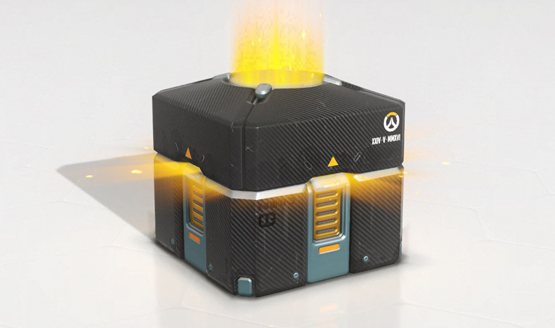It was just a couple of weeks ago that reports broke of Activision submitting a patent for an in-game system that would match-make players in multiplayer games to highlight purchasable items. Players who have not purchased items would be matched with players who have purchased items to potential drive the desire to make extra purchases themselves. Activision responded quickly by stating that none of their games currently have this system in play and the furor over the issue died down.
On October 21, 2017, Activision submitted another patent for microtransactions, this time for the ability to highlight purchasable content in live streams and other clips of its games. The patent is titled “System and method of identifying portions of video game streams for driving microtransactions,” just so there’s no question on whether or not this system is about microtransactions.
The full patent text is quite wordy, and much of it talks about generating metadata loadouts of live streams and gameplay videos to have a better idea of many things, such as profile data of the player playing, character loadouts players are using, etc. Here’s the part that psecifically calls out microtransactions:
In some instances, a metadata track may include micro-transaction information that identifies an item available for purchase. In some instances, the item may include a virtual item depicted in a corresponding video game playback, or a real-world item advertised as an overlay over the corresponding video game playback. In some instances, the metadata track may include hotspot information that indicates selectable coordinates on the video game playback corresponding to the item available for sale. For instance, in a shooter game, a location on the display (e.g., pixel position) of a virtual weapon that may be purchased by the viewer for use in the viewer’s gameplay may be encoded in the metadata track. In this instance, during playback, the viewer may be able to select the location (e.g., the “hotspot”), which causes a purchase transaction to occur. The purchase transaction may cause the virtual item to be made available to the viewer when the viewer plays the video game. Similarly, an advertising item may be selected to cause a purchase transaction for a real-world item to be initiated.
In another example, when a VGS includes micro-transaction hotspots, the system may parse the hotspot or pixel position information and provide selectable regions within the user interface that corresponds to a virtual or real item in the video game playback that is available for purchase. Upon receipt of a selection of a hotspot, the system may either automatically cause a purchase of a corresponding item (e.g., by looking up pre-stored financial account information of the viewer or virtual currency account information of the viewer) or cause a transaction interface to be presented to the viewer, which allows the user to input (financial or virtual) account information. In some implementations, the hotspot item may be changed from time to time. For instance, an advertised item may be changed from one product to another product, depending on sponsorships, ad contracts, etc. Additionally or alternatively, the system may change the in-game placement of such ads (and corresponding hotspot).
If you’re watching Destiny 2, Overwatch, or Call of Duty videos and streams, this would highlight content and indicate that it is a microtransaction item that can be purchased separately from the game. In effect, this would create the ability to purchase content right from the video or live stream that is calling out when certain items (such as a character skin or weapon) are available for purchase.
The interesting side of this patent is searchable metadata and additional information, such as instantly being able to tell what loadout your favorite streamer is using in Destiny 2, and it could potentially have some great impacts for the industry. Take this part of the patent for example:
In interactive instances, the video game playback may include hotspots or otherwise cause interactive elements configured to receive user inputs. For example, when a VGS includes loadout information, the system may parse the loadout information and provide the viewer with an option to recreate the loadout conditions specified by the loadout information. Upon receipt of an indication from the viewer to play under the loadout conditions, the system may provide the loadout information to a game engine, which may render the video game with the loadout conditions so that the viewer may play the video game under the same conditions as the video game playback.
Basically it would allow players to watch a video and instantly load up the game with the loadout conditions specified by the video, but as with anything dealing with microtransactions, this patent will likely be a touchy subject for most gamers. Due to the title specifically calling out microtransactions–as opposed to better information and ease of play for consumers–it’s easy to make the assumption that the focus of this patent is on monetization and how to sell things to players.
As the patent was just filed, it’s unlikely that Activision has implemented this anywhere yet, but we’ll keep you updated as we hear more on these Activision microtransaction patents that have been filed.
[Via: Game Rant]





